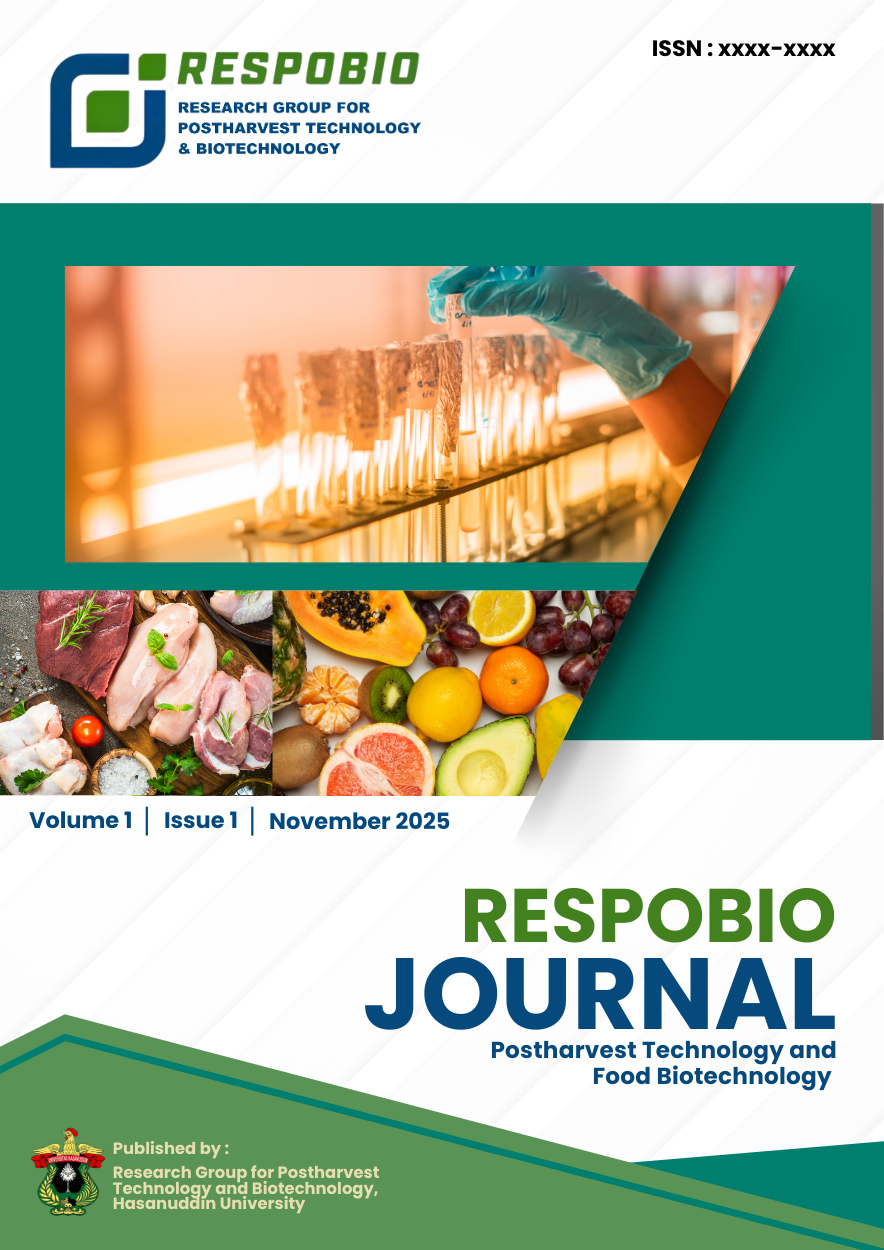Potential of gelatin as functional ingredient in food products: A review
Main Article Content
Abstract
Gelatin is a natural biopolymer produced through the hydrolysis of collagen present in animal tissues such as skin, bones, and connective materials. It exhibits distinct physicochemical and functional characteristics that make it highly valuable in food formulation and processing. This review examines the extraction techniques, structural properties, and functional applications of gelatin obtained from various animal sources. Variations in raw materials and extraction parameters significantly influence gelatin yield, gel strength, and viscosity, thereby affecting its overall quality and performance. Gelatin functions as a gelling, stabilizing, foaming, and film-forming agent, and is also utilized in edible coatings that prevent oxidation and microbial spoilage. Its biodegradability, biocompatibility, and recognized safety as a food additive strengthen its potential for sustainable and innovative food production. Consequently, gelatin represents a versatile functional ingredient that plays an essential role in enhancing the texture, stability, and nutritional attributes of food products.

